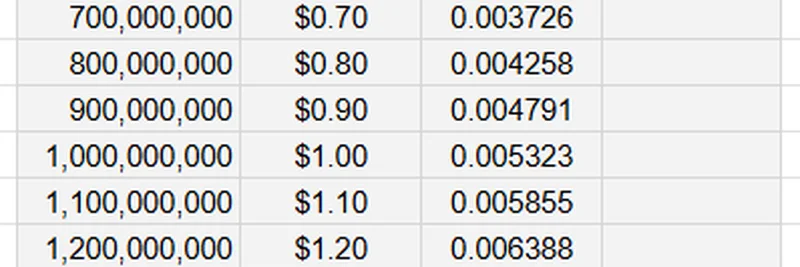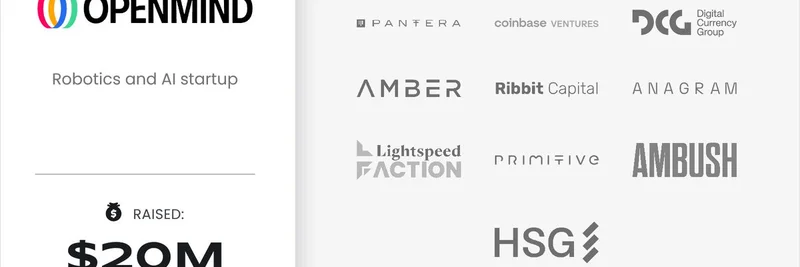In a recent tweet from BSCNews, they shared an exciting resource for crypto enthusiasts: "BITCOIN $BTC - THE ULTIMATE GUIDE: Everything you need to know about the world's leading financial asset and how to stay ahead of the financial revolution." This links to their in-depth article on bsc.news, which breaks down Bitcoin in a way that's perfect for both newbies and seasoned traders. As someone who's been deep in the crypto space, I can tell you that even if you're all about meme tokens on chains like Solana or Binance Smart Chain, grasping Bitcoin's fundamentals is key—it's the big daddy that often dictates market moods and trends.
Let's dive into what this guide covers, explained in simple terms, and why it matters for your meme token plays.
Bitcoin Basics: The Original Crypto King
Bitcoin, or BTC, is the first cryptocurrency ever created, launching back in 2009. It's basically digital money that runs without banks or governments calling the shots—think of it as cash for the internet age. Created by a mysterious figure (or group) known as Satoshi Nakamoto, Bitcoin uses something called blockchain, which is like a super-secure public ledger that records every transaction across thousands of computers worldwide.
Why care as a meme token fan? Well, Bitcoin's price swings often ripple through the entire crypto market. When BTC pumps, your favorite dog-themed tokens might follow suit. The guide highlights Bitcoin's fixed supply of just 21 million coins, earning it the nickname "digital gold" because, like gold, it's scarce and can hold value over time.
A Quick History Lesson on BTC
The story starts with the 2008 financial crisis, when trust in banks hit rock bottom. Satoshi dropped the Bitcoin whitepaper, proposing a peer-to-peer electronic cash system free from middlemen. The first block, called the genesis block, was mined in January 2009, and it even included a cheeky message about bank bailouts.
Fast forward to 2010, and we have the famous Bitcoin Pizza Day, where someone spent 10,000 BTC on two pizzas—today, that's worth billions! This evolution shows how Bitcoin went from a niche experiment to a trillion-dollar asset. For meme token investors, it's a reminder that what starts as a joke (like many memes) can turn serious if adoption kicks in.
How Does Bitcoin Actually Work?
At its core, Bitcoin relies on blockchain tech. Imagine a chain of blocks, each holding transaction data, linked securely with cryptography. Each block has a header with info like timestamps and hashes (unique digital fingerprints), and the body lists transactions using a Merkle tree for efficient verification.
Transactions work like this: You use a wallet (software or hardware) to sign off on sending BTC with your private key—a secret code only you should know. The network of nodes (computers running Bitcoin software) checks it against rules to prevent funny business like double-spending. Miners then bundle these into blocks, and once confirmed (usually after a few blocks), it's set in stone.
Addresses are like your crypto email for receiving funds, coming in formats like Legacy or SegWit for better efficiency. Fees are paid in satoshis (tiny BTC units) to prioritize your transaction in the mempool (waiting area).
This setup ensures decentralization—no single point of failure. For meme tokens, which often live on faster chains, understanding Bitcoin's slower but ultra-secure model helps you appreciate why some projects build on or bridge to BTC for added legitimacy.
The Mining Magic: Proof-of-Work Explained
Mining is how new Bitcoin enters circulation and secures the network. Miners use powerful computers (now mostly ASICs, specialized hardware) to solve complex math puzzles via proof-of-work (PoW). It's energy-intensive but makes attacking the network crazy expensive—think billions of dollars to control 51% of the power.
Rewards halve every four years (the next in 2028), starting from 50 BTC per block down to 3.125 now. Miners join pools for steady payouts, and difficulty adjusts to keep blocks coming every 10 minutes.
Environmentally, it's controversial, but many operations use renewables. As a meme token trader, mining insights can help you spot trends like how halvings often spark bull runs, boosting altcoins and memes too.
Advantages That Make Bitcoin Shine
Bitcoin's perks include true decentralization for censorship resistance—great for sending money across borders without interference. It's transparent (anyone can audit the blockchain) and accessible (just need internet). Plus, it's programmable: features like multi-sig wallets add security layers, and time-locks enable smart uses.
In the meme world, these traits inspire projects aiming for similar freedom, though most memes prioritize speed and fun over Bitcoin's ironclad security.
Risks and Challenges to Watch Out For
No rose without thorns. Bitcoin's price can swing wildly (20-30% drops aren't rare), scalability is limited (only 7 TPS, hence solutions like Lightning Network for fast payments), regulations vary by country, and energy use draws eco-criticism.
Storage is crucial—lose your private keys, and your BTC is gone forever. The guide stresses self-custody best practices: use hardware wallets, back up seed phrases securely, and watch for phishing.
For meme tokens, which are even more volatile, these risks amplify. But learning Bitcoin's pitfalls can make you a smarter trader, avoiding common scams in the wild meme space.
Buying and Storing BTC Safely
Getting started? Use exchanges like Binance or Coinbase, but move to your own wallet ASAP. Hardware options like Ledger are gold for security. Always double-check addresses and enable 2FA.
This section is a must-read for anyone dipping into crypto, as poor storage has cost people millions—lessons that apply directly to safeguarding your meme token bags.
The Future: Where Bitcoin's Headed
Looking ahead, halvings and tech upgrades like Schnorr signatures promise more efficiency and privacy. Institutional adoption (ETFs, bank custody) is growing, potentially stabilizing prices. Predictions vary, but historical cycles suggest big potential.
For meme tokens, Bitcoin's success paves the way—when BTC thrives, liquidity flows to alts and memes. Keep an eye on integrations like Ordinals, which bring NFT-like fun to Bitcoin.
Overall, BSCNews' guide is a solid resource for building your crypto knowledge base. Whether you're HODLing BTC or flipping memes, understanding the original can give you an edge. Check out the full article here and the original tweet here for more. Stay informed, trade smart, and remember: in crypto, education is your best wallet protection.


